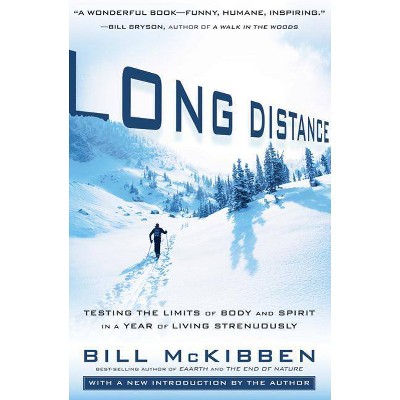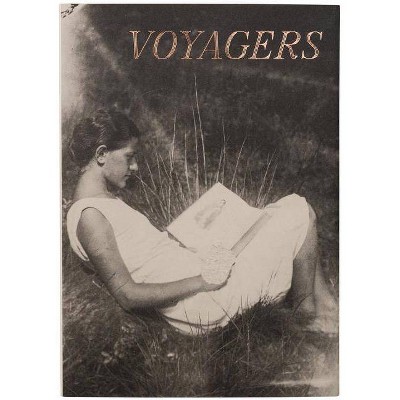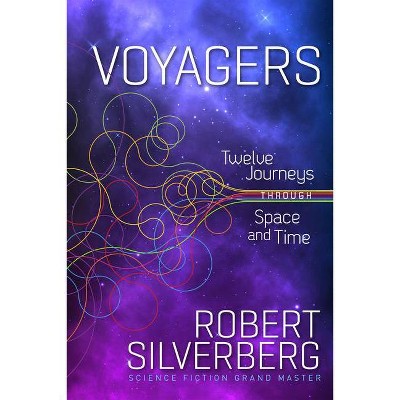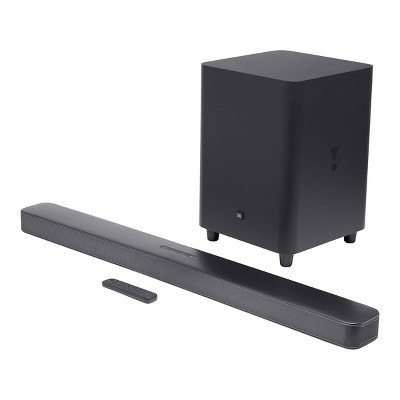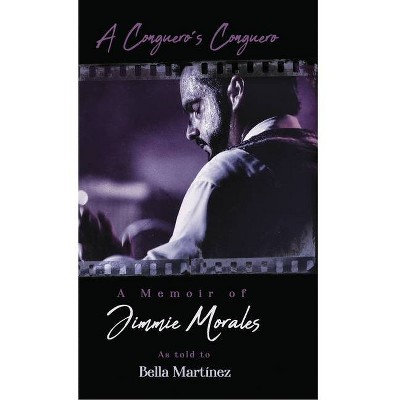Long Distance Voyagers - by Marc Cushman (Paperback)
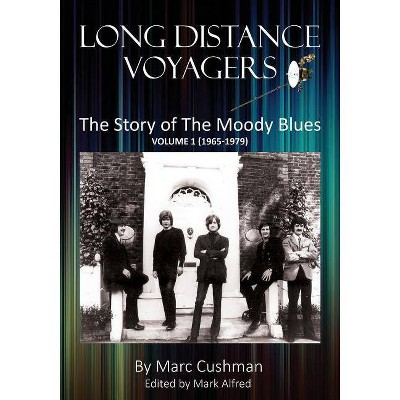
Similar Products
Products of same category from the store
Product info
<p/><br></br><p><b> About the Book </b></p></br></br>Examines the early history of the Moody Blues, whose "Days of Future Passed, which was released in 1967, was a fusion of rock with classical music and established them as pioneers in the development of art rock and progressive rock"--Amazon.com.<p/><br></br><p><b> Book Synopsis </b></p></br></br>The startling and endearing stories behind the Moodies rich musical past are now in your future. This meticulously researched book is over 700 pages with hundreds of photos and interviews. The accomplishments of the Moody Blues are many. They started at the top in 1965, with a No. 1 U.K. hit single, "Go Now" (Top 10 around the world, including in the U.S.), and touring with the Beatles, and managed by the Beatle's Brian Epstein. But their true coming began on November 10, 1967, with the release of the classic Days of Future Passed, the first LP to combine rock music with orchestral music, in concept album form. Almost overnight, a new genre of popular music was born: "Symphonic Rock." Other groups would embrace the genre, including King Crimson; Pink Floyd; Genesis, Jethro Tull, Emerson, Lake & Palmer; Yes; the Electric Light Orchestra, and Queen. But the Moody Blues, with only the Beatles song "A Day in the Life" as an indication of the possibilities, realized the genre. On the heels of The Beatles' Sgt. Pepper's Lonely Hearts Club Band, the Moodies released Days of Future Passed, and music critics are divided as to which record truly launched the rock concept album. Pepper came first, by a mere six months, but there was no central theme as in Days of Future Passed. Arguably, the Moodies were first, and they certainly championed the "concept," with the their thematically albums, In Search of the Lost Chord; On the Threshold of a Dream; To Our Chidlren's Children's Children; A Question of Balance; Every Good Boy Deserves Favour; Seventh Sojourn, and Long Distance Voyager. Moody Blues member Mike Pinder helped develop the Mellotron, a keyboard instrument which could simulate the sound of a string orchestra, as well as horn sections, numerous other instruments and sound effects, and which served as the predecessor of the Moog synthesizer. This innovation not only gave the Moody Blues a unique sound, but enabled them to reproduce their albums in concert. Pinder's Mellotron was even featured on Beatles songs "Strawberry Fields Forever" and "I Am the Walrus." Moody Ray Thomas was the first rock group member to regularly feature a flute in the band's recordings and on stage, opening the door for others such acts as Jethro Tull, Traffic, and Chicago, to name only a few. Moody Justin Hayward is arguably second only to John Lennon and Paul McCartney at composing such a rich body of classic, melodic, English rock songs and ballads which have withstood the test of time. "Nights in White Satin," "Tuesday Afternoon," "Lovely to See You Again," "Never Comes the Day," "Question," "The Story in Your Eyes," "New Horizons," "Driftwood," "Gemini Dream," "The Voice," "Your Wildest Dreams," "The Other Side of Life," "I Know You're Out There Somewhere," and "Voices in the Sky" are only a part of his hit-songwriting accomplishments. With other Moodies' hits, like "Go Now," "Ride My See-Saw," "I'm Just a Singer (in a Rock and Roll Band"), "Steppin' in a slide Zone," "Sitting at the Wheel," and "Isn't Life Strange?," the Moodies catalogue of popular songs easily rivals that of any rock act ... other than the Beatles. And yet there has been no proper book on the Moodies. That omission will soon be rectified.
Price History
Price Archive shows prices from various stores, lets you see history and find the cheapest. There is no actual sale on the website. For all support, inquiry and suggestion messagescommunication@pricearchive.us


